Buying property is one of the most significant decisions a person can make, both financially and personally. The right purchase can serve as a secure home, a rewarding investment, or a foundation for long-term growth. Yet, navigating the property market without professional support can be a complex, time-consuming task. Many find that working with a buyer’s agent on the Sunshine Coast offers valuable local insight and a clear path to the best opportunities. For those pursuing high-value investments, a buyer’s agent commercial property specialist brings the expertise needed to secure assets that align with both current and long-term goals.
The value of an experienced advocate lies in their ability to uncover opportunities that aren’t widely advertised. They have established networks, access to off-market listings, and relationships with industry professionals that give their clients a competitive advantage. By filtering options through the lens of your goals, they ensure that time is spent only on properties that genuinely meet your needs. This targeted approach saves weeks—if not months—of searching, while also reducing the risk of costly mistakes.
Market insight is another critical asset they bring to the table. Understanding where a market is heading requires more than reading recent sales data; it involves analysing zoning changes, proposed developments, infrastructure projects, and even shifts in buyer demand. Skilled professionals use this information to identify areas with growth potential, ensuring that your decision today has lasting value tomorrow.
Negotiation is where a property professional’s skill often proves most valuable. The price you pay is rarely determined solely by the asking figure; it’s influenced by how well your representative can leverage market data, comparable sales, and vendor circumstances. A strong negotiator can secure favourable conditions—whether that means a lower purchase price, extended settlement terms, or repairs completed before handover. In a competitive market, these advantages can be the difference between securing the right property and missing out entirely.
The buying process is also layered with legal and procedural requirements. From contract reviews to building inspections and liaising with solicitors, there is little room for oversight. A trusted representative coordinates these elements on your behalf, ensuring that every document is accurate, every deadline is met, and every risk is assessed before you commit. This attention to detail provides peace of mind and safeguards your financial interests.
For investors, the focus often shifts to performance potential. It’s not simply about buying a property—it’s about buying the right property in the correct location for the right price. Professionals assess rental yields, vacancy rates, depreciation benefits, and long-term capital growth prospects. They also understand the importance of balancing income generation with portfolio diversification, ensuring your investment strategy is both robust and adaptable.
When lifestyle is the priority, the approach takes on a more personal dimension. The goal is not just to find a house, but a home that reflects your vision for daily living. Factors such as proximity to the coast, access to community facilities, local schools, and transport links all play a role. An experienced guide knows how to match these preferences with practical considerations like flood zoning, property maintenance demands, and future resale potential.
One of the less obvious benefits of engaging a professional is the objectivity they bring. Buying property can be an emotional process, and it’s easy to become attached to a property that might not be the right choice. An independent advocate provides balance—highlighting potential drawbacks you might overlook, and ensuring decisions are made with both heart and head in alignment.
The role of technology has also expanded the capabilities of property professionals. Today, they can provide detailed virtual inspections, 3D floor plans, and digital market reports that allow clients to evaluate properties with greater clarity, even from afar. This is particularly valuable for interstate or overseas buyers who can’t attend inspections in person. Combined with traditional market knowledge, these tools enhance decision-making and streamline the purchasing process.
Good representation doesn’t end at securing a contract. Many professionals assist through to settlement and beyond, offering guidance on property management, renovation planning, or resale strategies. Their goal is to ensure the property continues to serve your objectives long after the keys have been handed over.
In a market that moves quickly, having a dedicated expert on your side can mean the difference between opportunity and regret. They act as your strategist, negotiator, and safeguard—committed to securing the best possible outcome in every transaction. This level of dedication is not a luxury; for many, it’s an essential step in protecting both financial and lifestyle interests.
Whether your focus is investment or lifestyle, residential or commercial, the right professional can navigate the complexities on your behalf, freeing you to focus on the bigger picture. By combining market insight, negotiation expertise, and a commitment to your goals, they turn a challenging process into an informed and confident journey.
With the proper guidance, property acquisition becomes more than a transaction—it becomes a carefully managed step towards building the life and portfolio you envision. The path may be complex, but with the right advocate by your side, every decision is supported by experience, insight, and a clear understanding of long-term value.


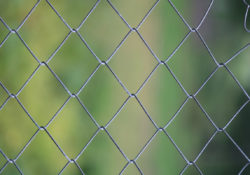


 This shift was seeded during the pandemic when remote work demonstrated that proximity to capital cities wasn’t essential for many industries. Fast forward to 2025, and flexible work is no longer a perk—it’s a norm. Employees are negotiating hybrid and remote-first roles, giving them the freedom to live further afield. Regional towns like Ballarat, Toowoomba, Orange, and Launceston have become hotspots for buyers and investors alike, offering housing options with room to grow.
This shift was seeded during the pandemic when remote work demonstrated that proximity to capital cities wasn’t essential for many industries. Fast forward to 2025, and flexible work is no longer a perk—it’s a norm. Employees are negotiating hybrid and remote-first roles, giving them the freedom to live further afield. Regional towns like Ballarat, Toowoomba, Orange, and Launceston have become hotspots for buyers and investors alike, offering housing options with room to grow.
 One of the first complications arises from differing interpretations of what counts as “marital property.” In many relationships, especially long-term ones, partners may not have formally documented ownership of every asset. One person may have paid the deposit on a house, while the other contributed to the mortgage and maintenance over many years. Does one contribution outweigh the other? Courts will consider both financial and non-financial contributions—including raising children, running the household, and supporting the other’s career. Without proper legal guidance, this issue can quickly become contentious.
One of the first complications arises from differing interpretations of what counts as “marital property.” In many relationships, especially long-term ones, partners may not have formally documented ownership of every asset. One person may have paid the deposit on a house, while the other contributed to the mortgage and maintenance over many years. Does one contribution outweigh the other? Courts will consider both financial and non-financial contributions—including raising children, running the household, and supporting the other’s career. Without proper legal guidance, this issue can quickly become contentious.
 Historic architecture embodies the values, struggles, and aspirations of those who came before. Grand arches, intricate masonry, or regional vernacular styles offer insight into how communities lived, worshipped, governed, and gathered. To disregard these physical expressions is to lose something irreplaceable. Fortunately, today’s design professionals are showing that preservation doesn’t have to mean stagnation. Through careful material choices, sensitive spatial planning, and adaptive reuse, it’s possible to honour the past while building for the future.
Historic architecture embodies the values, struggles, and aspirations of those who came before. Grand arches, intricate masonry, or regional vernacular styles offer insight into how communities lived, worshipped, governed, and gathered. To disregard these physical expressions is to lose something irreplaceable. Fortunately, today’s design professionals are showing that preservation doesn’t have to mean stagnation. Through careful material choices, sensitive spatial planning, and adaptive reuse, it’s possible to honour the past while building for the future.
 Different surfaces require different approaches. Interior walls, ceilings, trims, exteriors, concrete, and roofing all call for specific preparation and paint types. Before buying your paint, identify the materials you’re working with. For example, plasterboard walls might need a sealer undercoat, while bare concrete demands a primer suited to its porous nature. This step is crucial for long-lasting, professional-looking results.
Different surfaces require different approaches. Interior walls, ceilings, trims, exteriors, concrete, and roofing all call for specific preparation and paint types. Before buying your paint, identify the materials you’re working with. For example, plasterboard walls might need a sealer undercoat, while bare concrete demands a primer suited to its porous nature. This step is crucial for long-lasting, professional-looking results.
 One of the biggest game-changers is Building Information Modelling (BIM). BIM goes beyond a simple 3D model — it’s a living digital replica that captures a building’s physical details and how it works. It lets architects, engineers, and contractors work together in real-time, spot design conflicts early, and make quick updates as needed. This collaborative environment cuts down on errors that would traditionally go unnoticed until costly on-site fixes were required. When paired with cloud computing, BIM models become accessible to project stakeholders anytime, anywhere, fostering transparency and faster approvals.
One of the biggest game-changers is Building Information Modelling (BIM). BIM goes beyond a simple 3D model — it’s a living digital replica that captures a building’s physical details and how it works. It lets architects, engineers, and contractors work together in real-time, spot design conflicts early, and make quick updates as needed. This collaborative environment cuts down on errors that would traditionally go unnoticed until costly on-site fixes were required. When paired with cloud computing, BIM models become accessible to project stakeholders anytime, anywhere, fostering transparency and faster approvals.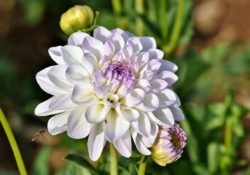
 The easiest way to reduce your garden’s water needs is to select plants that naturally thrive in dry conditions. Native species are often the best candidates because they’re already adapted to your local climate and soil. Popular drought-tolerant options include lavender, rosemary, succulents, kangaroo paw, and ornamental grasses. Not only do these plants sip rather than guzzle water, but they also add texture and colour, creating a beautiful, resilient landscape.
The easiest way to reduce your garden’s water needs is to select plants that naturally thrive in dry conditions. Native species are often the best candidates because they’re already adapted to your local climate and soil. Popular drought-tolerant options include lavender, rosemary, succulents, kangaroo paw, and ornamental grasses. Not only do these plants sip rather than guzzle water, but they also add texture and colour, creating a beautiful, resilient landscape.
 Materials have an incredible impact on the feel of a space. Natural timber, polished concrete, brushed metal—each brings its own personality and communicates different things to the user. Smooth, reflective surfaces often lend a modern, clean look, while textured or raw finishes can add warmth and authenticity. Pairing the right textures with tonal palettes creates layers that add richness to the overall design.
Materials have an incredible impact on the feel of a space. Natural timber, polished concrete, brushed metal—each brings its own personality and communicates different things to the user. Smooth, reflective surfaces often lend a modern, clean look, while textured or raw finishes can add warmth and authenticity. Pairing the right textures with tonal palettes creates layers that add richness to the overall design.
 Advantages:
Advantages:
 Over time, your deck may show signs of ageing due to weather conditions and other adverse elements that may damage the wood that constructed the deck. It is important to take precautions when restoring your deck to allow protection of the wood and habitat. The first thing you should do is look for loose surfaces on the boards and structural problems such as split timber or rotting.
Over time, your deck may show signs of ageing due to weather conditions and other adverse elements that may damage the wood that constructed the deck. It is important to take precautions when restoring your deck to allow protection of the wood and habitat. The first thing you should do is look for loose surfaces on the boards and structural problems such as split timber or rotting.
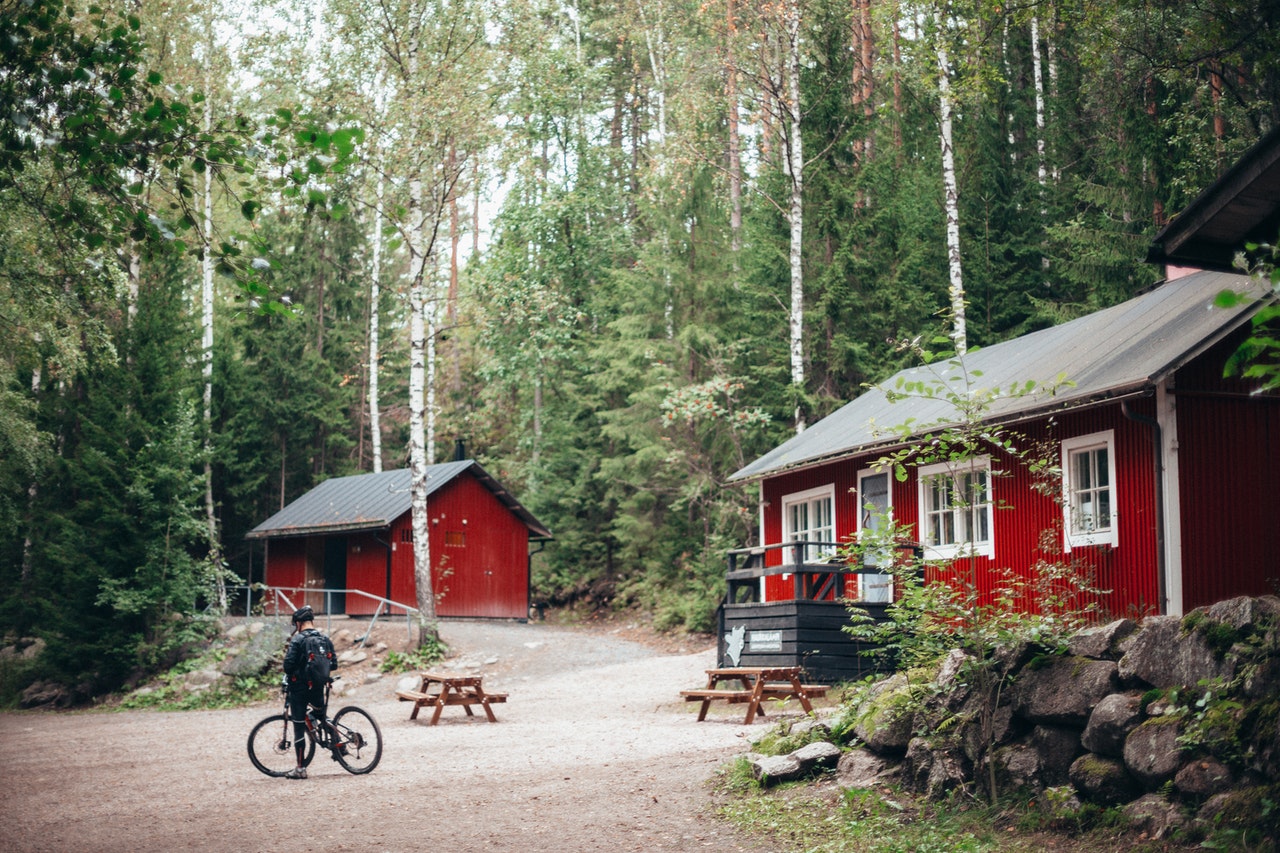



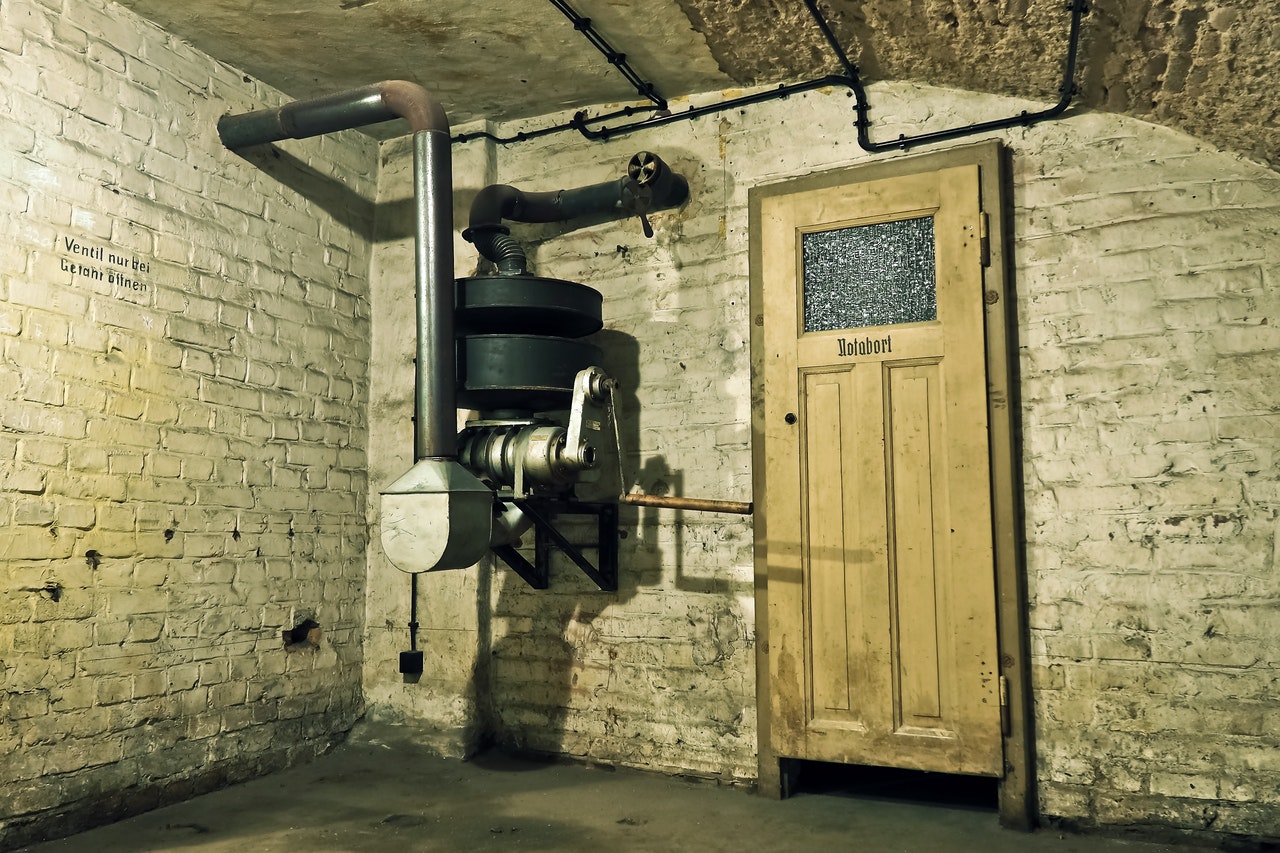



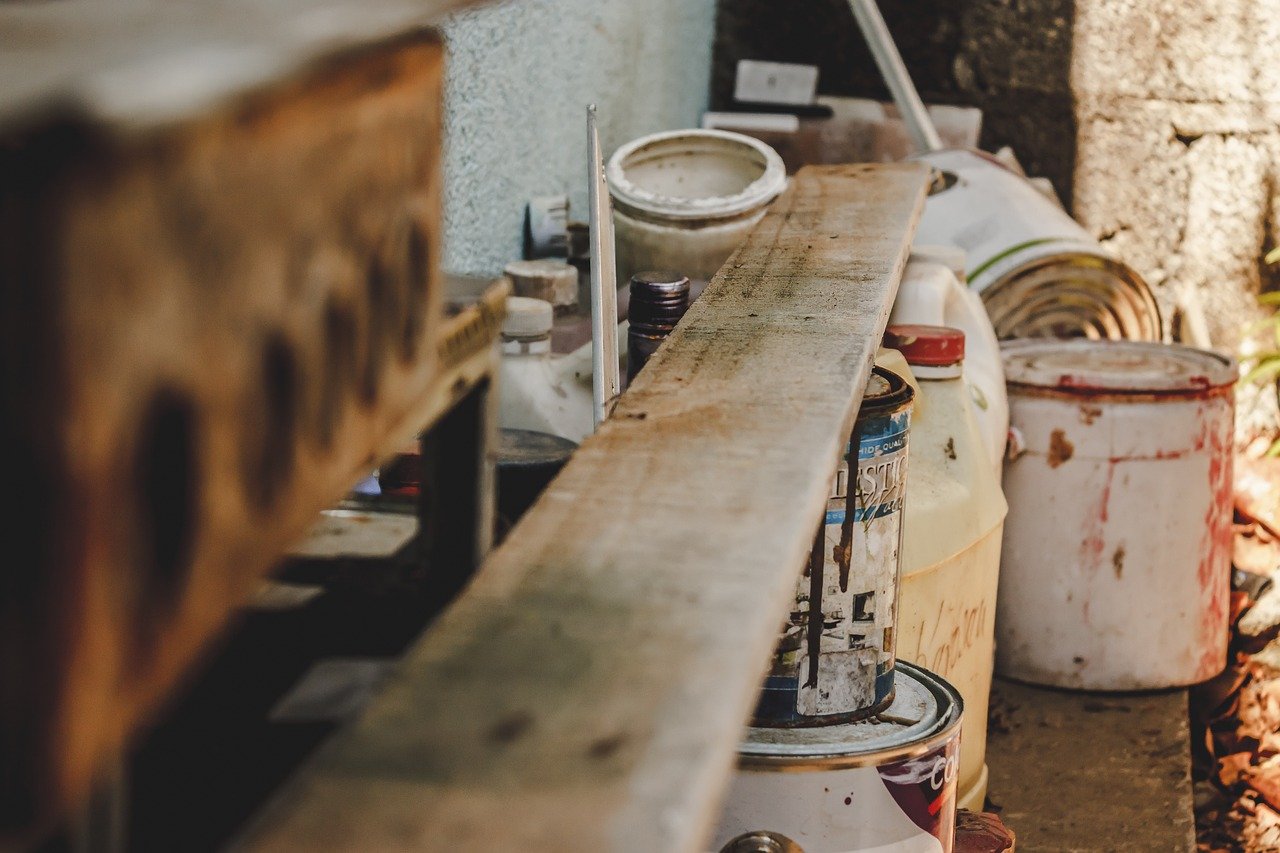



 Apply Chemicals or Enzymes
Apply Chemicals or Enzymes
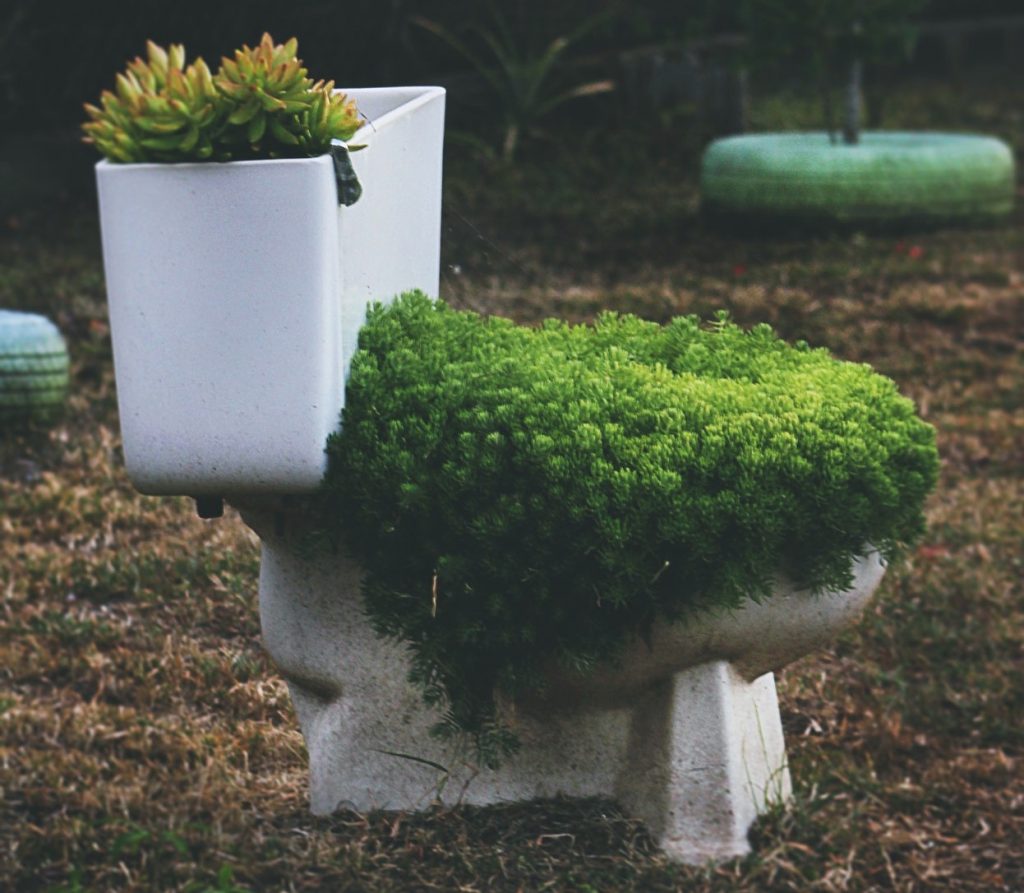 What are Biosolid Bricks?
What are Biosolid Bricks? In Australia,
In Australia, 
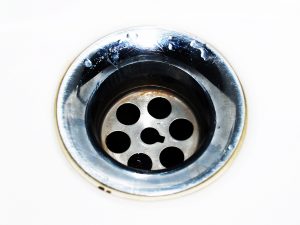

 This makes it a fantastic method to make the most of a studio apartment. An area seems larger if it’s barer. Industrial elements are extremely powerful and shouldn’t be overdone. It’s stripped-back architecture. A wrought iron canopy bed in the bedroom, a bicycle hooked on your living area wall and wooden bar stools around the table are great centrepieces.
This makes it a fantastic method to make the most of a studio apartment. An area seems larger if it’s barer. Industrial elements are extremely powerful and shouldn’t be overdone. It’s stripped-back architecture. A wrought iron canopy bed in the bedroom, a bicycle hooked on your living area wall and wooden bar stools around the table are great centrepieces.



 about the current market or have left a terrible investment. Just like any real estate transaction, you have to do your homework first, but purchasing commercial industrial real estate may be a profitable enterprise. This checklist can help you make a more educated decision:
about the current market or have left a terrible investment. Just like any real estate transaction, you have to do your homework first, but purchasing commercial industrial real estate may be a profitable enterprise. This checklist can help you make a more educated decision: To gather the best forecasts, metal fabricators can begin by looking at substantial stats for that location of service, be it home building and construction, energy, defense, or other location. By diversifying the customer base and gathering consumers from a variety of sectors, the cyclical nature of the industry can much better manage to keep net earnings constant. Metal fabricators that can quickly move product lines can safeguard earnings and focus on areas where need is most common. This kind of diversity can develop a sustainable income base, regardless of revolving financial conditions.
To gather the best forecasts, metal fabricators can begin by looking at substantial stats for that location of service, be it home building and construction, energy, defense, or other location. By diversifying the customer base and gathering consumers from a variety of sectors, the cyclical nature of the industry can much better manage to keep net earnings constant. Metal fabricators that can quickly move product lines can safeguard earnings and focus on areas where need is most common. This kind of diversity can develop a sustainable income base, regardless of revolving financial conditions.

 Dexus said retailers are facing strong competitive pressures from global and internet retailers, even while online markets have grown with demand for
Dexus said retailers are facing strong competitive pressures from global and internet retailers, even while online markets have grown with demand for  From slowing global growth hurting exports to rising production costs within the nation, despite all these challenges in China’s manufacturing industry, it remains the world’s largest market for plastics and a substantial driver for industry development. China, for example, will account for more than half of the total global increase in demand for polyethylene, the workhorse of polymer markets, through 2021, according to a January study from consulting firm IHS Markit.
From slowing global growth hurting exports to rising production costs within the nation, despite all these challenges in China’s manufacturing industry, it remains the world’s largest market for plastics and a substantial driver for industry development. China, for example, will account for more than half of the total global increase in demand for polyethylene, the workhorse of polymer markets, through 2021, according to a January study from consulting firm IHS Markit. Due to reports that lots of services were (and still are) having a hard time obtaining genuine value from financial investment into Big Data-driven analytics and innovation, a choice was made to invest at first in small, short-term methods where value could be seen rapidly. The strategy, as initiated by IoT lead Justin Hester, was that these would work as evidence to get buy-in through the business for even more, bigger scale and tougher jobs. “The promise of IoT is well understood in the industry,” Hester informed me. “This idea that we can finally harness the data coming in from all of these different sources, whether they are machines, humans, parts – but I think the real challenge is the next step – how do I execute? That’s the challenge.”
Due to reports that lots of services were (and still are) having a hard time obtaining genuine value from financial investment into Big Data-driven analytics and innovation, a choice was made to invest at first in small, short-term methods where value could be seen rapidly. The strategy, as initiated by IoT lead Justin Hester, was that these would work as evidence to get buy-in through the business for even more, bigger scale and tougher jobs. “The promise of IoT is well understood in the industry,” Hester informed me. “This idea that we can finally harness the data coming in from all of these different sources, whether they are machines, humans, parts – but I think the real challenge is the next step – how do I execute? That’s the challenge.” Target environments applications include structure and commercial automation, oil and gas, production, transport and clever cities. IoTium’s service is developed to make it possible for these environments to quickly link their legacy control and automation systems to greenfield applications in public, personal and hybrid clouds or datacenters.
Target environments applications include structure and commercial automation, oil and gas, production, transport and clever cities. IoTium’s service is developed to make it possible for these environments to quickly link their legacy control and automation systems to greenfield applications in public, personal and hybrid clouds or datacenters.